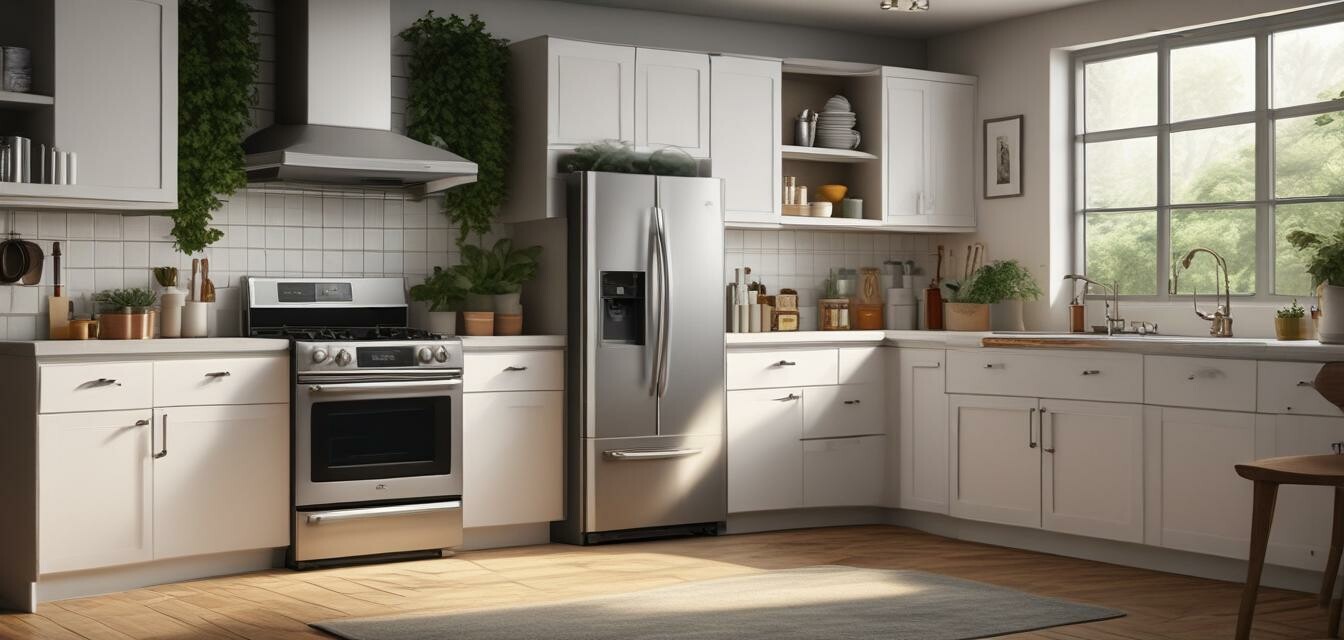
10 Smart Ways to Save Energy in Your Kitchen
Key Takeaways
- Use energy-efficient appliances to reduce power consumption.
- Optimize cooking practices for better energy management.
- Consider the placement and maintenance of your appliances.
- Utilize natural resources, such as sunlight, when possible.
- Regularly clean appliances to maintain efficiency.
Discover practical and smart ways to optimize energy use in your kitchen, including appliance choices and cooking techniques to save on bills. Implementing these energy-saving strategies not only contributes to environmental sustainability but also helps you reduce your monthly expenses.
1. Upgrade to Energy-efficient Appliances
Consider investing in energy-efficient refrigerators, dishwashers, and other appliances that use less electricity. When purchasing new appliances, look for the ENERGY STAR label, which signifies a product's energy efficiency.
2. Optimize Cooking Techniques
Cooking methods greatly impact energy usage. Here are some techniques to save energy while cooking:
- Use lids on pots and pans to retain heat.
- Consolidate cooking tasks to reduce cooking times.
- Consider using a microwave or slow cooker for smaller meals.
3. Maintain Your Appliances Regularly
Keep your appliances in top shape to ensure they operate efficiently:
- Clean the refrigerator coils every six months.
- Ensure dishwasher filters are clean.
- Check and replace any worn-out seals on your fridge or oven.
4. Arrange Your Appliances Wisely
The placement of your appliances affects their efficiency. Ensure:
- Your refrigerator is away from heat sources like the stove or direct sunlight.
- Ovens are installed properly with enough ventilation.
5. Use the Right Cookware
Using the appropriate cookware can enhance cooking efficiency:
| Cookware Type | Energy Efficiency |
|---|---|
| Stainless steel | Great for even heat distribution |
| Ceramic | Retains heat well, reducing cooking time |
| Copper | Warms up quickly and efficiently |
6. Keep Appliances Clean
Regular cleaning can significantly improve your appliances' performance. A dirty appliance can use more energy. Make it a habit to clean:
- The inside and outside of your refrigerator.
- Dishwasher spray arms and drain filters.
- The oven—removing grease buildup can boost efficiency.
7. Utilize Natural Lighting
Take advantage of natural light to reduce the need for artificial lighting. Consider these tips:
- Open curtains during the day.
- Choose lighter colors for walls and cabinets to reflect light.
8. Manage Your Cooking Loads
Cooking in larger batches can save time, energy, and even money on your energy bills:
- Plan your meals for the week to maximize oven use.
- Use the stovetop effectively by cooking multiple items at once.
9. Consider Energy-efficient Lighting
Switch to LED bulbs in your kitchen. They use a fraction of the energy and last significantly longer than traditional bulbs:
Pros
- Longer lifespan compared to incandescent bulbs.
- Significantly lower energy consumption.
- Less heat generated, which can help keep your kitchen cooler.
Cons
- Higher initial cost than traditional bulbs.
10. Monitor Your Usage
Keeping track of your energy consumption can help you identify areas where you can cut back. Consider investing in smart plugs or energy monitors:
- Track the energy usage of individual appliances.
- Adjust habits based on data to reduce wastage.
Conclusion
Implementing these smart ways to save energy in your kitchen can lead to significant savings on your energy bills and promote a more environmentally-friendly household. For more ideas on appliance efficiency, check out our buying guides section.
